Spiritual Belt of Gujarat
Posted on December 15, 2019 by Ghoomophiro
Gujarat is a dry and very much vegetarian place something that shows the rich influence of Hinduism on the state but it is its temples we see the influence most strongly. The state holds some of the most important temples and spiritual places of Hinduism and many of them are in the form of a spiritual belt that runs alongside the Arabic sea coastline of the state. The places devoted to these temples have also grown to learn to entertain tourists in other ways and so are a natural choice for your trip. Here we bring you a complete itinerary of all that you can see in a tour of a spiritual belt of Gujrat :
- Dwarka
We start our journey along the spiritual belt of Gujrat with God’s residence Dwarka, also known as the Atlantis of the East. Dwarka is the empire of Lord Krishan, one of the reincarnations of Lord Vishnu. Porbandar, the birthplace of Mahatama Gandhi, has the nearest airport and from there you can take a cab. Dwarka is well connected to the rest of India via roadways and railways.
The city is home to several very important temples and the most important of these temples is 2500 Dwarkadish temple which after the visit of Shankravharya to the place is also one of four Perth (or four most important pilgrimage places) in India.
Before you visit the temple, take a dip in Gomati at Chappan Ghat. The river is in proximity of a number of other temple’s including Samudra Narayana or Sangam Narayana temple, which is at Gomati Sangam Ghat – the place of merger of the Gomti River with the sea, the Chakra Narayana temple where there is a stone which has an imprint of a chakra – supposed to be a manifestation of Lord Vishnu’s weapon, and the Gomati temple, which has an idol of the river goddess Gomati who, so the legend goes, was brought to earth by the great sage Vasishta, Lakshminarayan Temple etc as well as other attractions like a lighthouse, an amazing sea beach etc.


You must also visit the nearby Rukmani temple, a temple with a very unique story and personality. It is said a visit to Dwarkadesh temple is not complete unless you also visit the Rukmani Temple. Another very important temple is Nageshwar temple, one of twelve jyotirlingas in India. Bhadreshwar Maharaj Temple is another important temple located on the Arabian Sea. The Shivlinga here is self-manifested and gets submerged into the sea during monsoons.
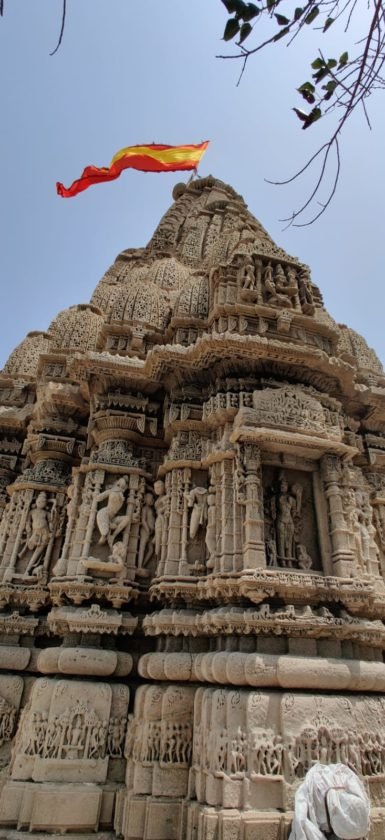
Byet Dwarka is a small island in Dwarka which is supposed to place where Lord Krishna’s palace was. It is home to several important temples too and also a Dunny Point – an amazing place to see aquatic wildlife living in natural conditions.
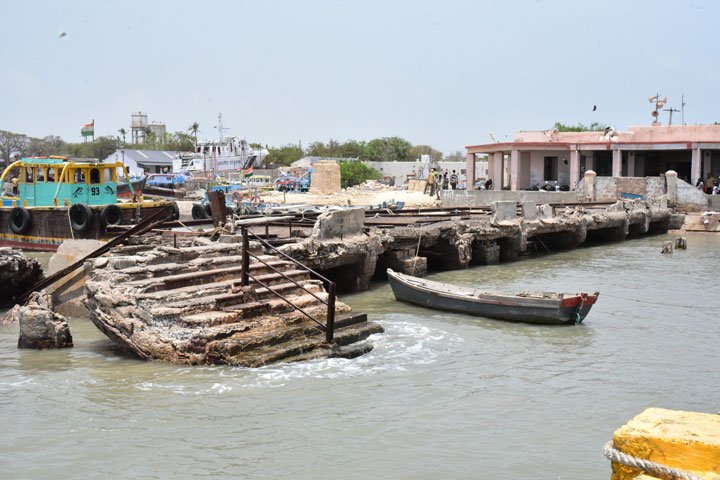

All these temples can be visited in a single day if planned well.
- Somnath Temple
Dwarka to Somnath temple distance – 258 kilometers
Several important spiritual places fell on the way as you move toward Somnath temple. Mool Dwarka is the first place in the region where Lord Krishna. The word ‘Mool’ in fact means root.
Madhavpur beach is the place where Lord Krishna married Rukmani, this beach falls on the way from Dwarka to Somnath and is one of most romantic beaches in Gujrat.
Somnath temple is the very first of 12 Jyotirlingas and is one of the oldest and the most important temples of Hinduism. The temple is a marvel of Hindu architecture and wealth and its importance can be estimated from the fact that it has been destroyed and rebuilt over seventeen times during its rich history. The temple is said to have been built by moon God Soma after Lord Shiva helped him cure himself of the curse he got as a result of preferring one of his wives over others. The moon god also has a temple dedicated to him here – Shashibhushan Temple, one of the few temples that worship him.
The importance of this temple dates back before the temple as the local Triveni Sangham where three Rivers – Hiran, Kapila, and Saraswati merge into the Arabian Sea was a spiritual pilgrimage site long before the temple was constructed here. Sangham is also worshiped as cementing the place of Lord Krishna.
Another important spiritual site is Baldev Gufa which is located at a distance of just 4 kilometers from the Somnath temple and is said to be the place where Baldev or Balrama (the elder brother of Lord Krishna) disappeared into while entering the Netherlands and returning to his original form of Sheshnaga.
Somnath Prabhas Patan Museum is home to several valuable artifacts from ancient India including pillars, stone apsaras, statues of Lord Agni, Uma Maheshwara, Lord Vishnu, Parwati, Natra Bhairava, etc but what makes it worth a visit is a very unique section that is dedicated to holy Rivers of the word. In here, samples of waters of many revered rivers like the Nile, St Lawrence, Danube, Tigris, Murray, etc are kept.
The beautiful island of Diu is a mere 90 kilometers from here.
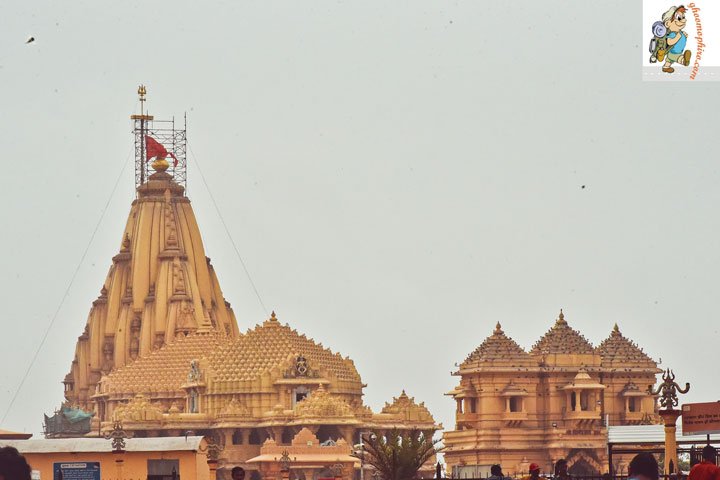
- Junagarh
Somnath temple to Junagarh – 90 kilometers
Junagarh is home to several most important spiritual places as well as other tourist attractions.
Dattacharya temple is located at a height of 999 steps and is an important temple dedicated to Lord Dattacharya. You must start early and by the evening you shall have a chance to visit Amabji temple on Ambaji Shikhar not much further off. Amba Ji temple is one of the 64 Shakti peeths and is dedicated to Maa Amba. It is a very important pilgrimage place in Hinduism.
One of most important Jain temple’s of Gujrat is also located in Girnar Hills here. Mallinath temple is located at the place where Neminath who was the 22md Tirthankara became a monk here. The temple parallels the architectural genius of Hindu temples of the region and has several idols. Several other important Jain temples are also located in the region.

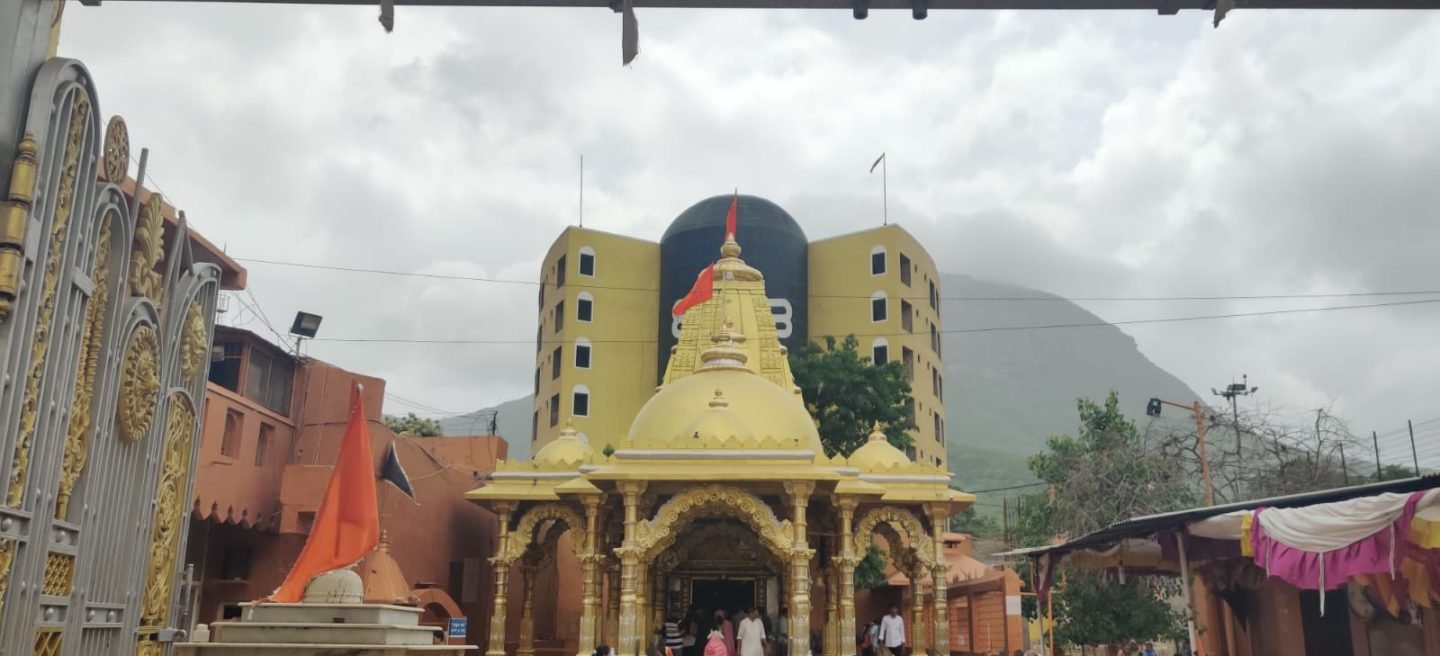
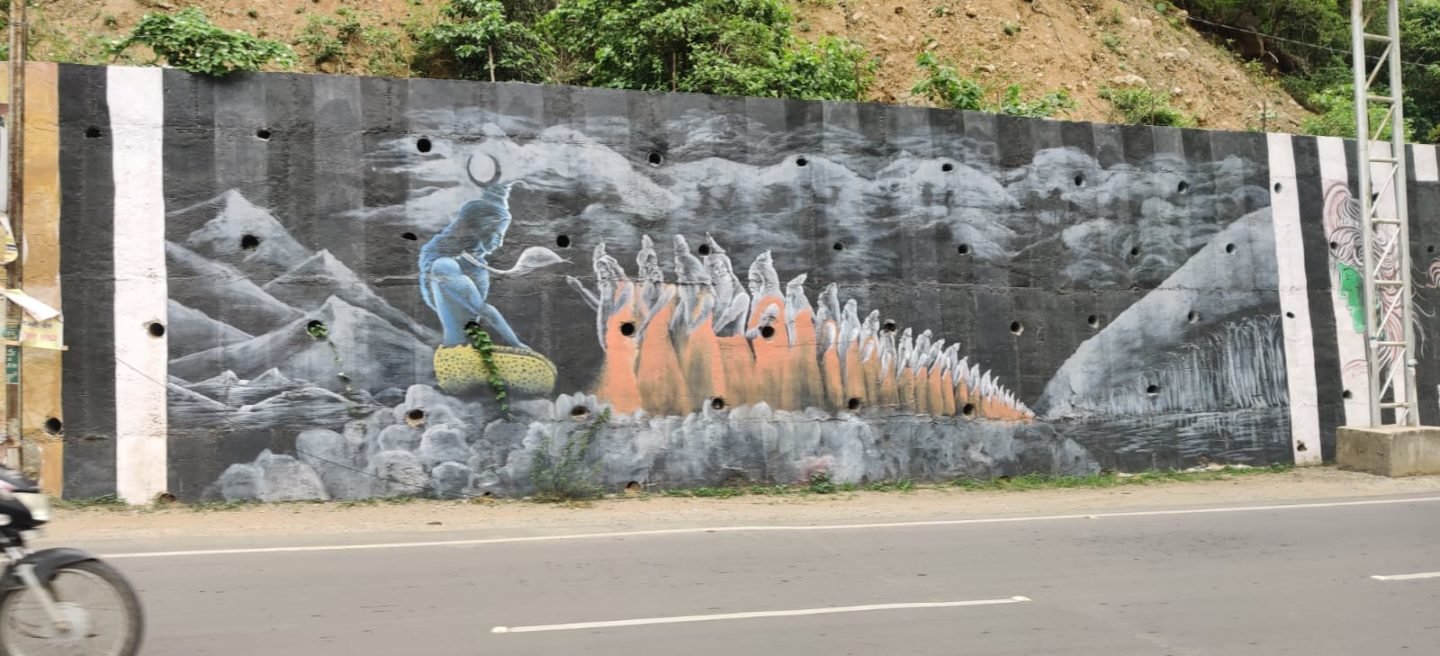
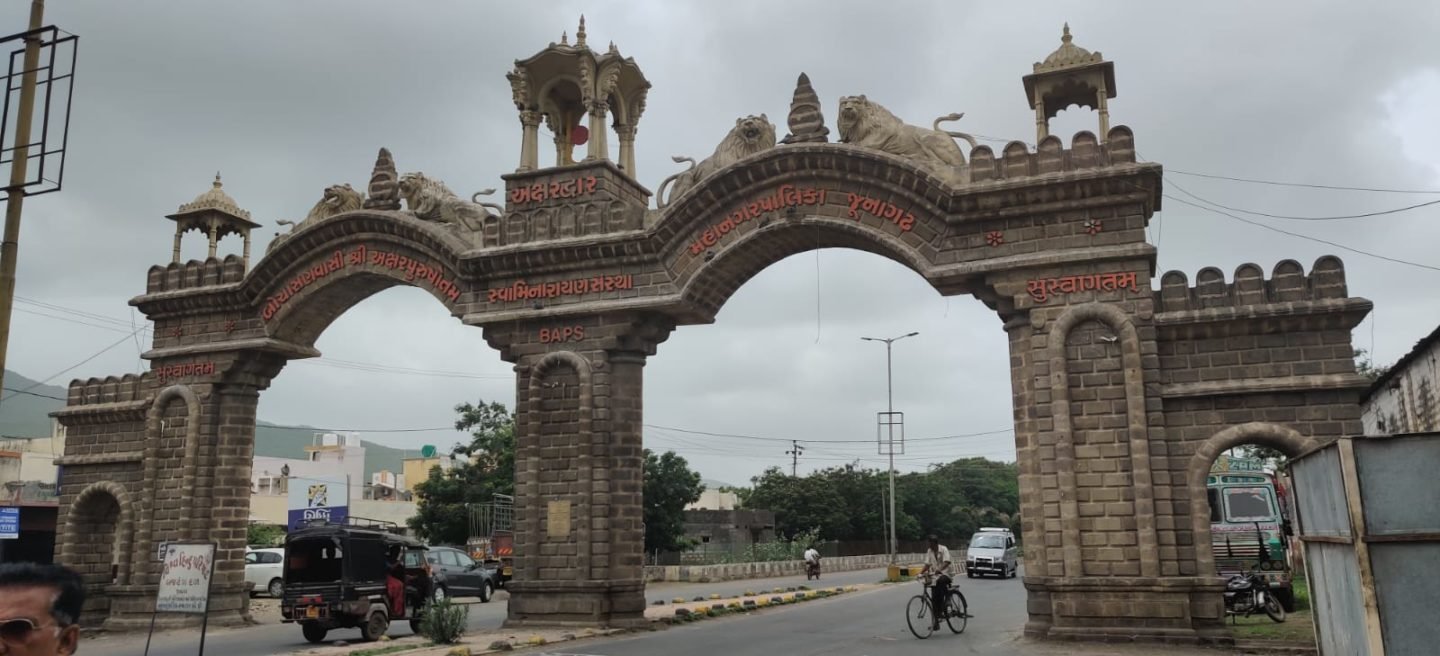

Damodar Kund is a temple dedicated to Lord Damodar Ji is another important place of pilgrimage among Hindus.
Mahabat Maqbara (a unique combination of Indian, Islamic and Gothic architecture), Uparkot Fort (a fort from times for Ashoka the great), Ashok Shilalekh – an Ashoka Edict, Darbar Hall Museum (dedicated to showcasing luxurious lifestyles of Nawabs), Darar Hila (perfect for trekking), Sakkarbaug Zoological Garden (spread over 490 acres and built by Bank Nawabs of Junagarh, it is home to over 500 animals and 600 birds), Wellington Dam (an amazing picnic spot), Moti Baug (located within Agriculture University and home to beautiful greenery and a large water tank) and Science Museum are some of the non-spiritual places worth seeing in the region; however the one that gets our highest recommendation is Gir National Park. Home to amazing Asiatic lions as well as over 2300 other fauna species, Gir National Park is not easy to miss.
We recommend adding these temples to your itinerary as per your time and money constraints as well as interests.
- Palitana
Junagarh to Palitana – 175 kilometers
The next stop in our tour of the spiritual belt of Gujrat is Palitana. Previously known as Padliptapur or city of temples, Palitana has over 850 temples in Shatrunjya region only.
Shatrunjaya (figuratively the place of victory against the enemy) Hill a holy pilgrimage site for the Jains. The enemies referred to in its name are inner enemies. The hill is home to several Jain temples that get completely deserted during nights as even the priests leave the temples after dusk. The temples are envelopes within walls and grouped into 9 different enclosures called thanks. Each tunk has a central temple and several minor temples scattered around it.
Chaumulh temple has a four-faced Adinath as its chief deity. It was built in the 17th century and its architectural genius is based on Jain symbolism. The temple is open on all sides and the roof is square-shaped and consists of several squares with a Dome above them. The central five of these dom-topped squares form a square and represent five hills of spiritual importance to Jains.
The amazing Adishwar temple is another architectural wonder of Jain culture and is another one of the important Jain temples. It has roofs made of marbles cut in shape of dragons.
A Muslim shrine that is dedicated to Angar Pir is located not much further off. Childless couples make offerings of miniature cradles here in Hope of being rewarded with children.


We also recommend visiting the temples dedicated to Sampriti Raja, Kumarpal, Rampal, etc assuming you have time enough.
- Bhavnagar
Palitana to Bhavnagar – 55 kilometers
The historical town of Bhavnagar has several small temples clustered near each other
BAPS Shree Swaminarayan Temple dedicated to Shred Swaminarayan is an artistic genius with its Wal paintings, carvings, terracotta paintings, etc. Located in a tranquil natural scene, it has a very spiritual atmosphere and offers activities for elders and children.
Another temple, Bhavnath Mahadev Temple is a very important temple dedicated to Lord Shiva. It comes especially alive during a five-day celebration surrounding the festival of Shivaratri.
The Shree Takhteshwar Temple is another temple dedicated to Lord Shiva. It is supported on 18 carved pillars. A triple eyed statue of Lord Shiva stands inside its beautiful hall. The temple also offers a stunning view of the Gulf of Camboy.
Yet another temple dedicated to Lord Shiva, the Nishkalank Mahadev Temple in Bhavnagar is buried under the sea and you can only see a pillar and a flag on a heavy tide day.
Khodiyar Temple is if great spiritual importance among pilgrims of devotees of Khodiyar Maa traverse. The temple also has two dharamshalas. It also has a lake and is a very good picnic spot.
Nilambag Palace, Mangalsinhji Mahal, Bhav Vilas Palace, Gaurishankar Lake (a scenic artificial lake built by Shree Gaurishankar Oza, the Deewan of Bhavnagar, you will also find a Balvatika for Children, a temple of Lord Shiva, and another royal palace nearby), a seaside palace-cum-hotel at seashore of Ghagha, Victoria Park (rich in fauna but particularly famous birds it is home to), Barton Library (a Gothic structure and one of the oldest libraries of the state. Also home to a museum.), Darbargadh (Once the ruling seat of Royal family, it is now SBI headquarters), Ganga Deri or Ganga Jalia Talav) (a miniature of the Taj Mahal constructed entirely in marble), Gandhi Smriti (a memorial library dedicated to Mahatma Gandhi) etc are some of non-spiritual attractions of Bhavnagar.
- Ahmedabad
Bhavnagar to Ahemdabad – 170 kilometers
While Ahmedabad is full of tourist attractions a complete list of which is beyond the scope or need of this blog, we can’t ignore its serene temples.
Just 12 minutes from Ahmedabadh’s railway station, Haathi Singh Mandir is one of the most beautiful temples. A Jain temple, it was built by a wealthy merchant Haathi Singh. Made entirely of marble, it has some of the most beautiful architectural carvings you will ever see. Take particular note of Kirthi Satambh here.
The Swami Narayan temple is home to nine tombs, that are all situated to the south, and which are altogether known as “Nau Gaz Pir”. However, it is the singular breathtaking beauty of this temple that makes it a must-visit.
Manav Mandir, Sai Dham temple, Jagannath temple (a beautiful temples that holds annual rath yatra too, Shree Hanuman Ji temple, Shree Bhadrakali Mandir (dedicated to one of several forms of Maa Kali), Shree Devenderahwara Mahadev temple (dedicated to Lord Shiva, but also home to a stunning idol of Maa Durga), and also a replica of Shree Vaishno Devi temple of Jammu and Kashmir are to be found in Ahmedabad.
- Gandhinagar
Ahemdabad to Gandhinagar – 28 kileters
Location at a distance of about 28 kilometers from Ahmedabad, the town named after the father of the nation has one of the best spiritual experiences to offer. Akshardham temple here is one of the most remarkable contemporary temples resulting from an incredible blend of traditional sandstone carvings with modern technologies like fiber-optics, sound and light shows, etc. There is also a Sar-Chat Anand waterworks show in the evening
- Mehsana
Gandhinagar to Mehasena distance – 65 kilometers
Ajitnath Mandir also known as Taranga Jain temple is an important Jain pilgrimage destination near Kheralu in Mehsana. The oldest Jain temple here was constructed in 1121 by the Chaulukya king Kumarapala, under the instructions of his teacher, Acharya Hemachandra. The Svetambara compound has 14 temples in all.
9.Modhara
Mehasena to Modhara – 25 kilometers
Modhera Sun temple, maintained by Archeological Survey of India, is a strange temple in that it is without any idols. There are three mandaps in this temple – Guda Mandapa, Sabhamandapa, and the Surya Kunda.
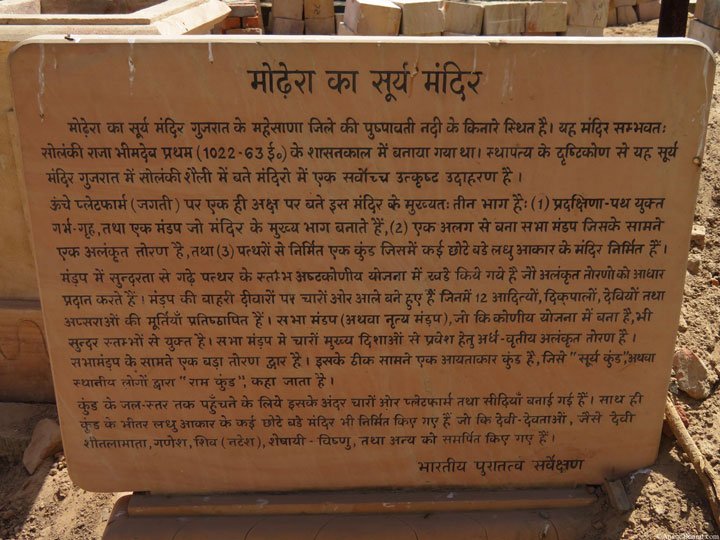
- Ambaji
Mehasena to Amba hi – 123 kilometers
One of Shakti peeths, the temple at Ambaji doesn’t have the idol but a “Shree Visa Yantra” is worshiped as the main presiding deity. The yantra is not visible to the naked eye and you can not photograph here. The temple is an important pilgrimage to point among Hindus.
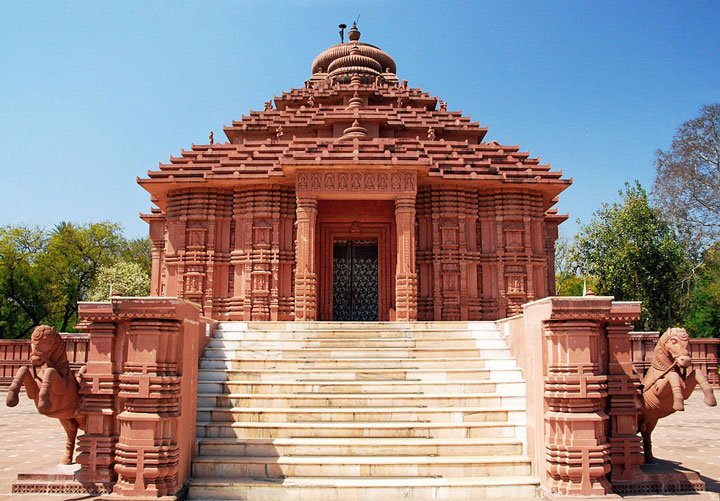
- Bharuch
If your leaving destination is to South of Gujrat, you can visit Bharuch in your return journey. If your leaving destination is toward North, you may visit Bharuch immediately after Ahemdabad (191 kilometers) and then visit the subsequent temples on your way back.
Bhrigu Rishi Mandir is located to South of Ahemdabadh and is your second option from there. It is one of Gujrat’s most important temples. The town got its name from Bhrigukachchha meaning Bhrigu’s Kachchh or Brhigu’s tortoise. According to the Skanda Purana, the sage Bhrigu, one of seven great sages or saptrishis immortalized as the seven stars and the author Bhrigu Samhita, the classic that led to the invention of predictive astrology, came to Bharuch sitting on a tortoise and made it his residence. Besides Bhrigu Rishi Mandir, the city is full of several other temples including Nav Nathas that are temples dedicated to seven swayambhu shivlingas here – Kamnath, Jwalnath, Somnath, Ganganath, Bhimnath, Bhootnath, Pingalnath, Siddhnath and Kashi Vishwanath which are the reason why Bhrigu choose it as the place of its residence.
Swaminarayan Temple, Narmada Mata Temple, a Vaishnav Haveli (enshrine of an idol of Bal Krishna), Khodiyar Mata Temple are some of other major temples while Sindhvai Mata Temple, Santoshi Mata Temple, Nilkanth Mahadev, Doodheshwar Madhavev, Nav Graha Temple, Kala Raam Temple, Dattatreya Temple, Gyaneshwar Hanuman, Rokadiya Hanuman, Bhid Bhanjan Hanuman are some of the other important temples. There are also several Ashrams as well as some old libraries here. It is also a place to take a dip in holy rivers of Narmada to wash away your sins.
What to eat?
While in Gujrat, you must try Gujrati thali – Gujrat’s unique combination of spicy and sweet dishes. Most temples will also have Prasad offerings.
Where to stay?
A number of the places on the spiritual belt have ashrams a Dharamshala offering accommodation options. Most major cities also have hotels and other accommodation options catering to consumers of all budgets.
What to buy?
Several places including Somnath and Dwarka have shops selling beautiful handicrafts many of which are not without spiritual importance of their own.
When to visit?
For the best spiritual experience, we recommending visiting during the festival season – specifically in and around Janamshatami and Shivratri.
Conclusion
We know that your trip can not contain all these temples. We recommend making adjustments to your trip according to your time and money constraints.




